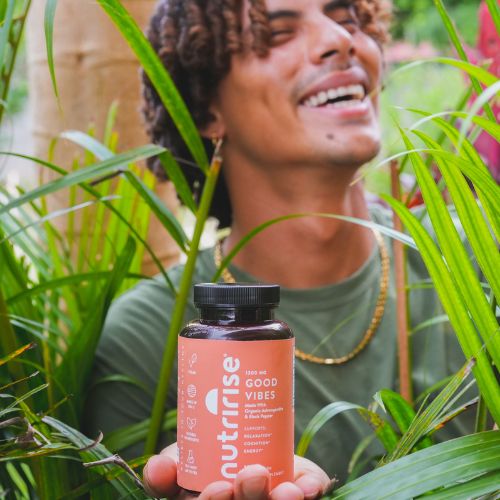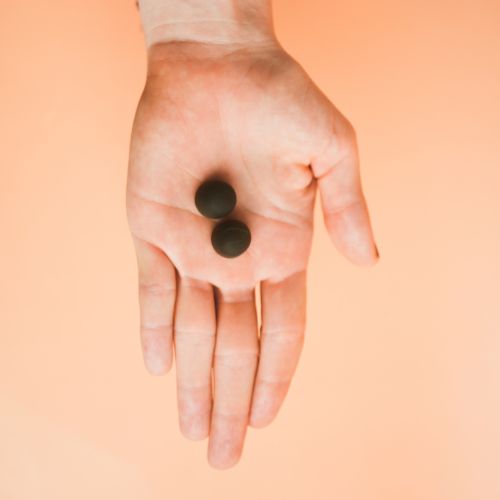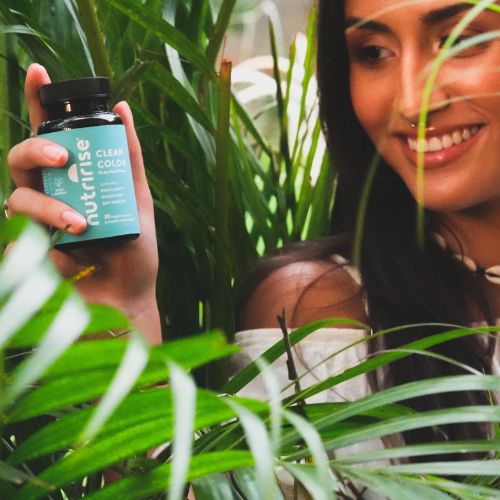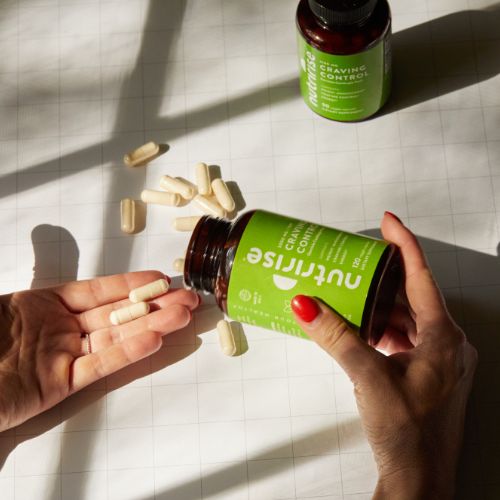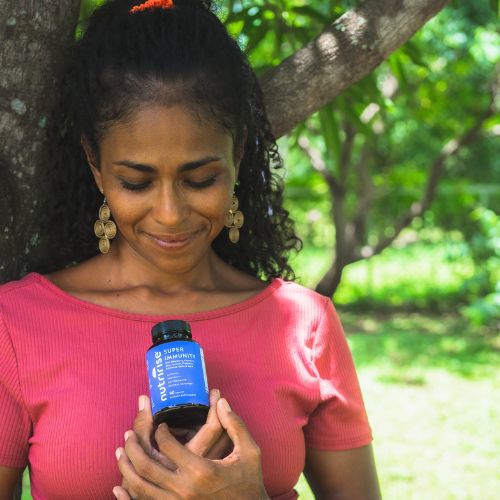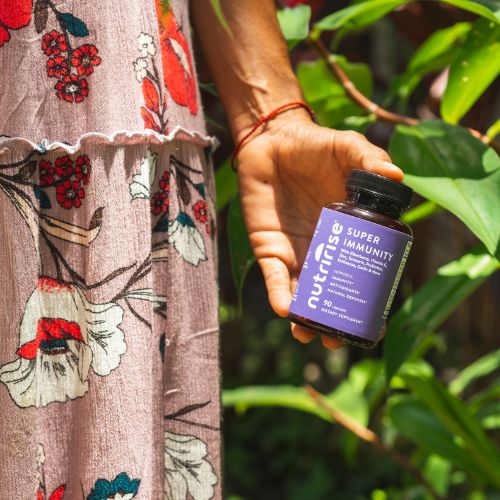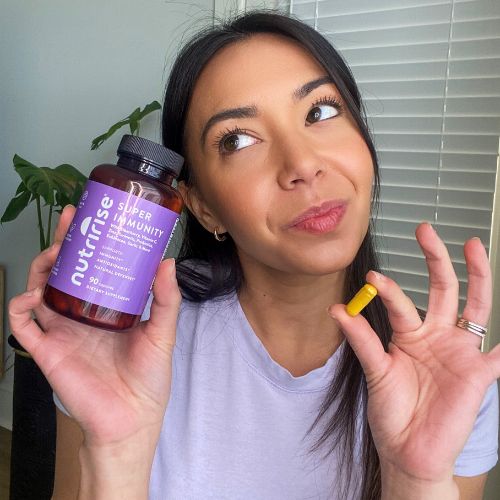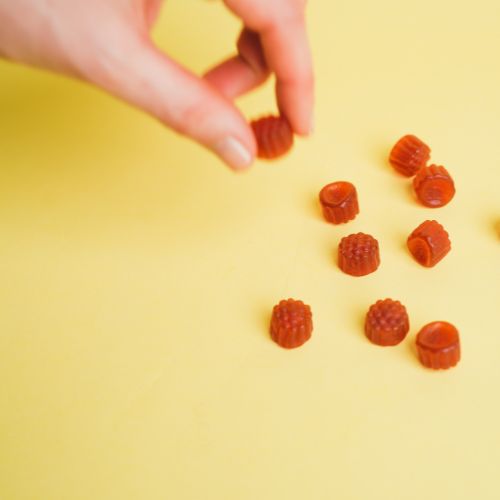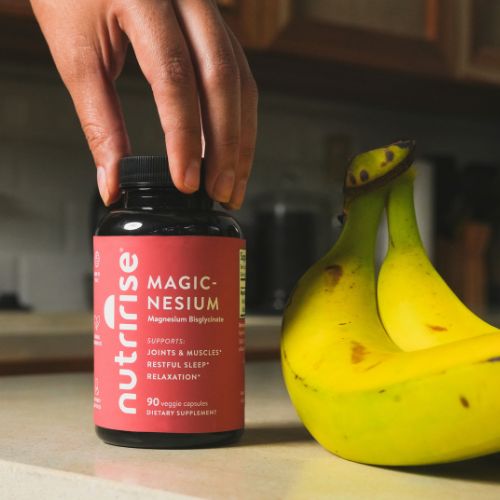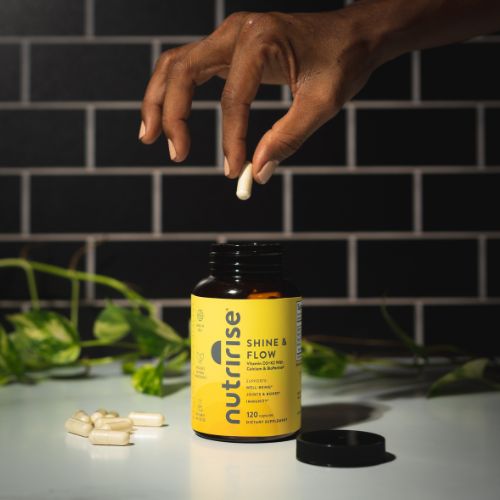3. Boost protein intake
If you’re vegetarian or vegan, you can eat mung beans as a source of protein. As a protein source, mung beans will help you maintain healthy bones and muscles. They’ll also shield your liver from damage.
4. Provide access to key vitamins and minerals
Mung beans provide 100% of the recommended daily intake of folate in a one-cup serving. They also contain high levels of magnesium, potassium, and fibre. According to research, these nutrients support healthy blood vessel function and lower high blood pressure.
5. Have an anti-diabetic effect
Scientists have found that mung beans can have an anti-diabetic effect. As such, they may help to prevent or treat type 2 diabetes.
6. Boost immune system function
With their anti-inflammatory and antimicrobial properties, mung beans boost immunity by fighting viruses and bacteria and supporting healthy bacteria in the gut. By optimizing digestive health, mung beans also enhance nutrient absorption in the gut.
7. Promote weight loss
Thanks to their high fibre and high protein content, mung beans are incredibly filling. In fact, compared to meals that don’t contain mung beans, meals with mung beans trigger the release of twice the amount of cholecystokinin, a satiety hormone. For this reason, eating mung beans regularly can help you reduce your caloric intake and lose weight.
8. Enhance skin appearance
Because of the copper in mung beans, they’re often used in face packs, creams, and scrubs. You can even use them to make your own exfoliating face pack at home.
9. Support eye health
High in vitamin C, a natural antioxidant, mung beans support eye health by promoting retinal flexibility.
Can’t wait to enjoy these health benefits? Easily add mung beans to your diet with our health-boosting mung beans and rice recipe. Here’s how to make it
Ingredients
- White rice
- Mung beans, soaked for at least an hour
- Tomato and basil leaf for garnishing (optional)
Instructions
- Cook the white rice and mung beans together.
- Top with sliced tomato and basil leaf.
Tips & Tricks
- Before you cook a batch of mung beans, remove damaged or discoloured ones. These mung beans may contain harmful bacteria.


